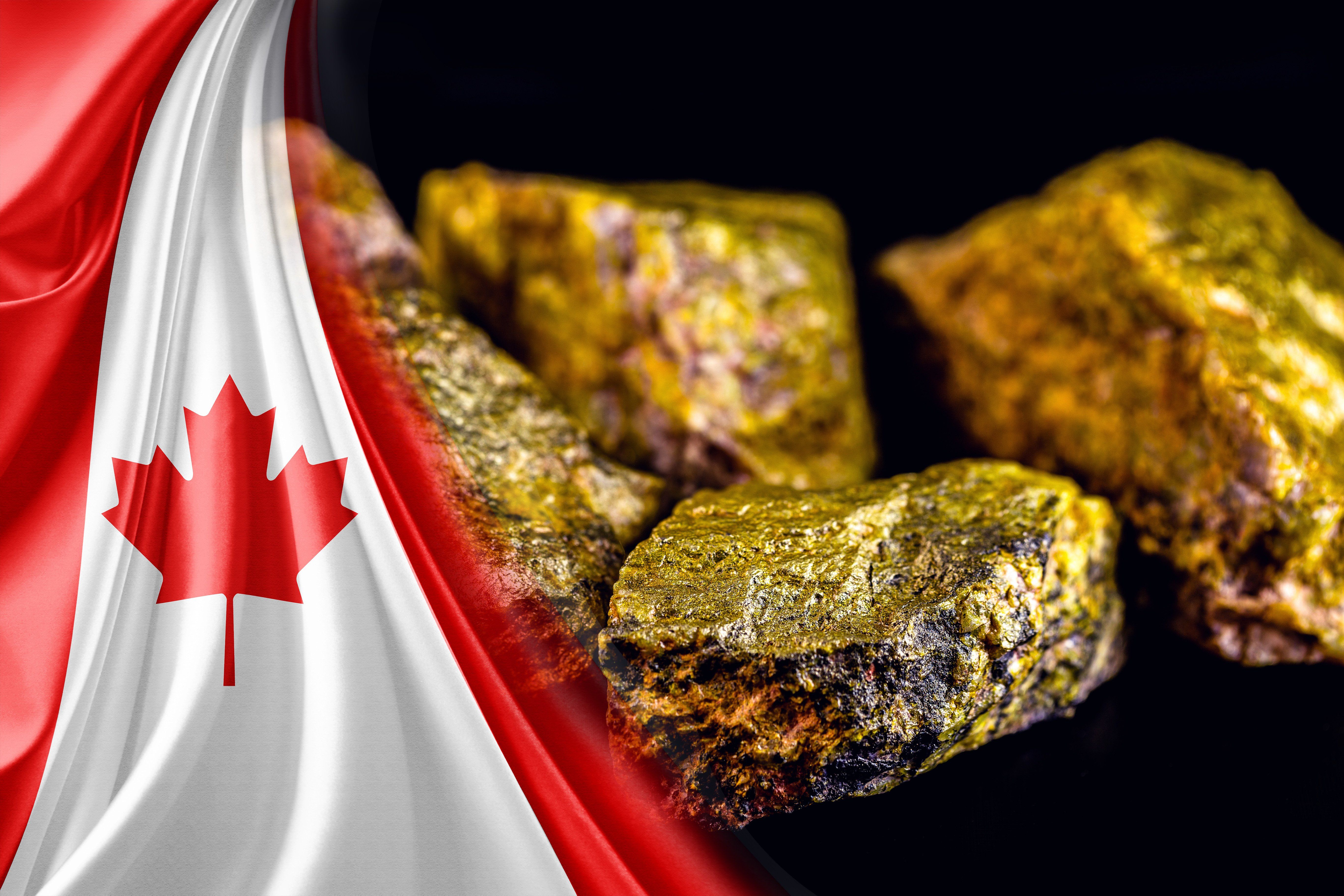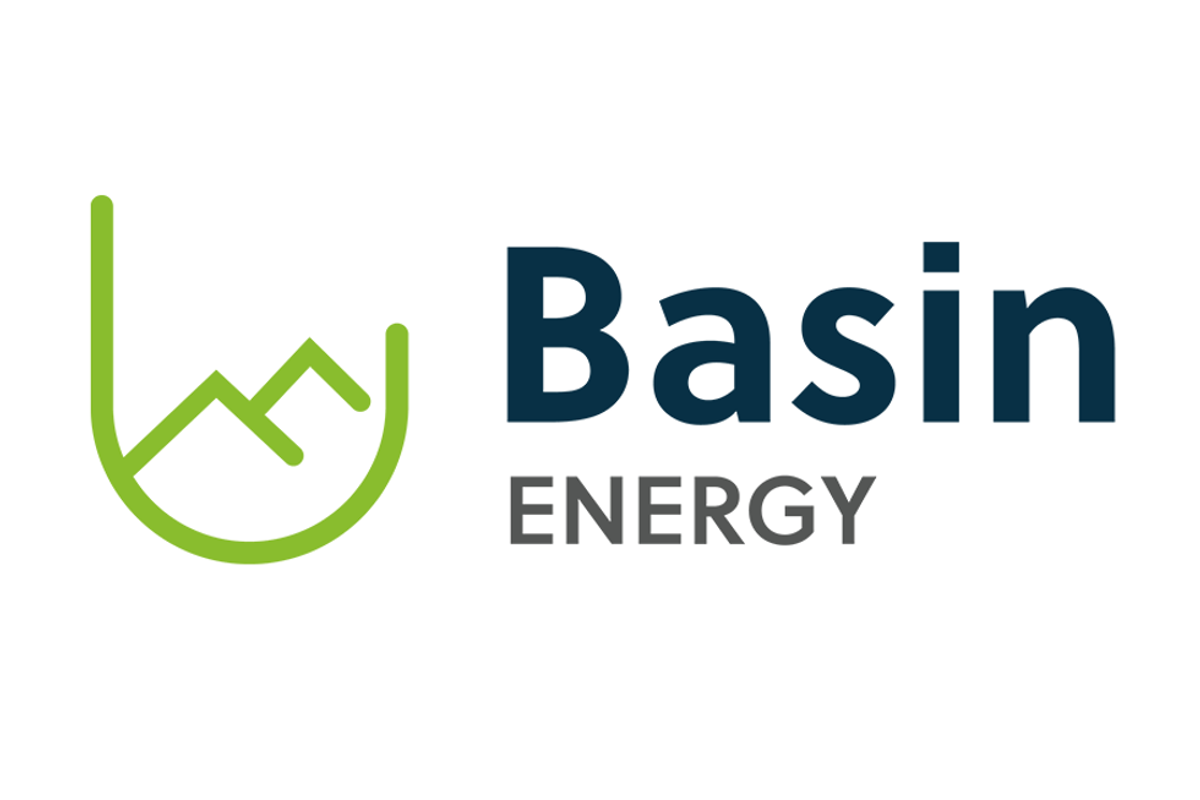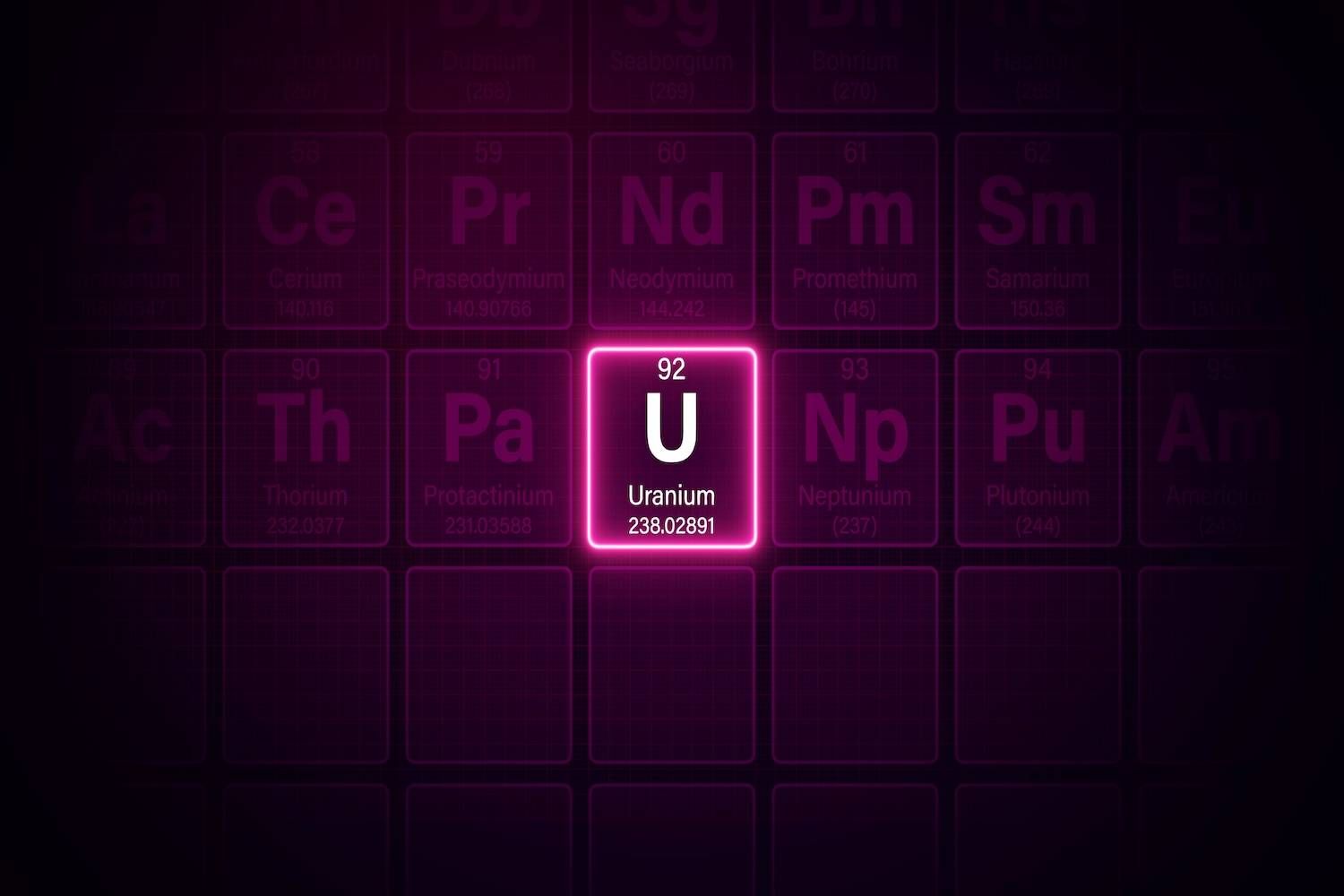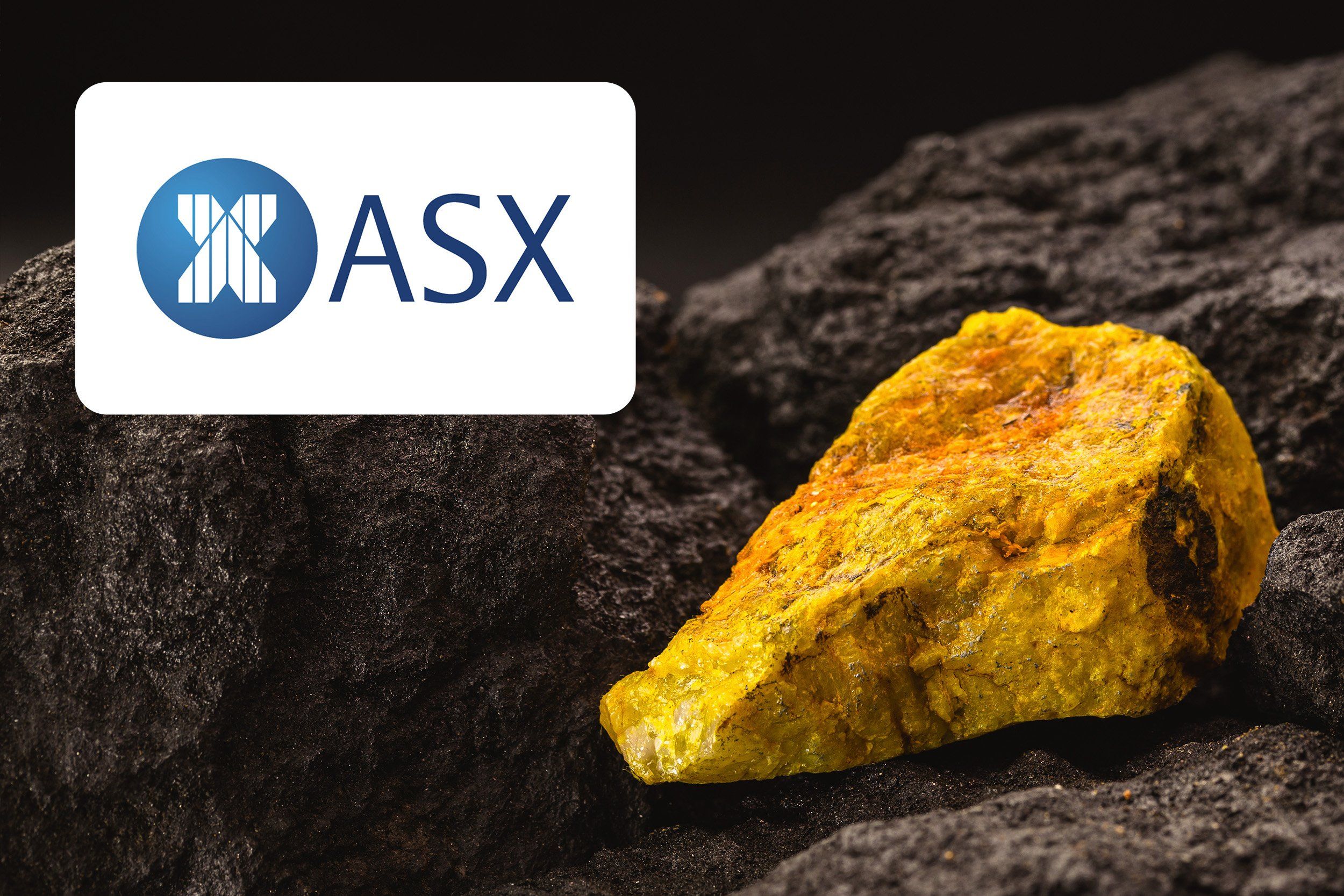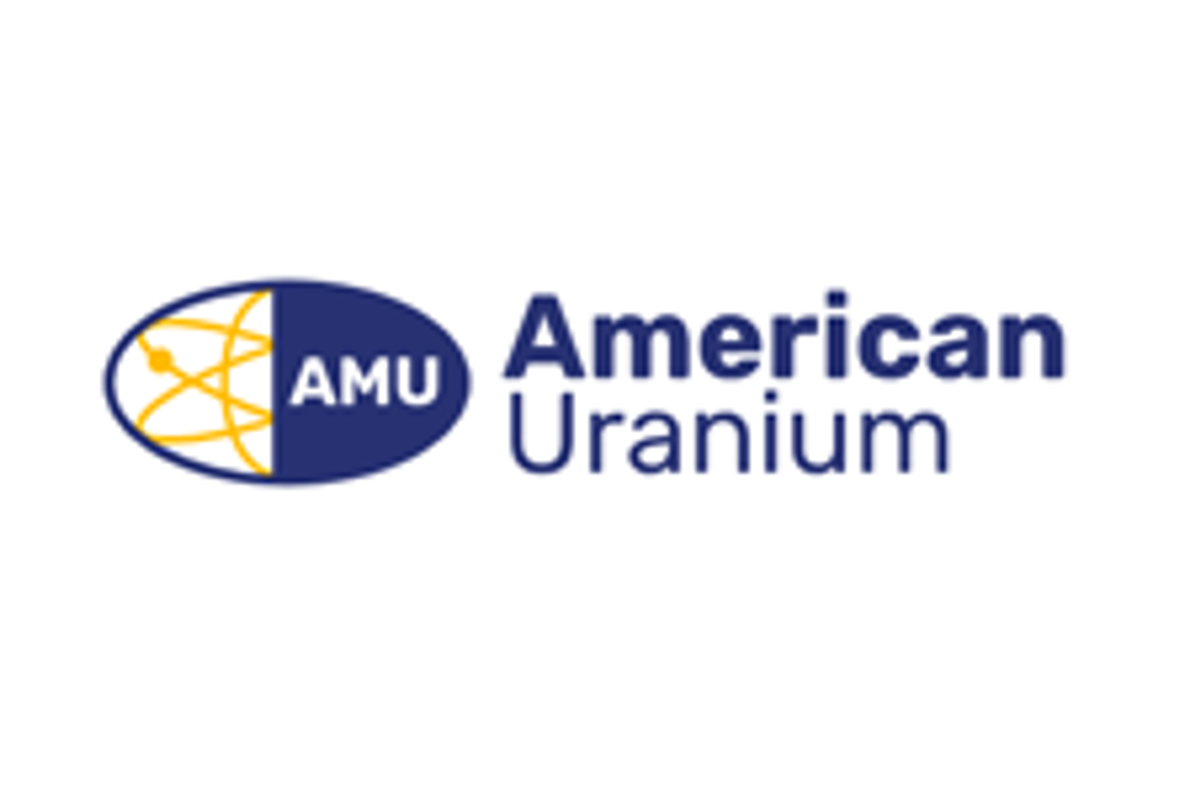NexGen Energy Ltd. ("NexGen" or the "Company") (TSX: NXE) (NYSE: NXE) (ASX: NXG) is pleased to announce that it has entered into a binding term sheet with MMCap International Inc. SPC ("MMCap") for the purchase (the "Purchase") of 2,702,410 pounds natural uranium concentrate (" U 3 O 8 ") for an aggregate purchase price of US$250 million based on the five day average UxC spot price.
In satisfaction of the purchase price for the U 3 O 8, the Company has agreed to issue US$250 million aggregate principal amount of unsecured convertible debentures (the "Debentures"). The Debentures will be convertible at the holder's option into approximately 23 million common shares of NexGen (the "Common Shares") equivalent to ~4.3% of the Company's issued and outstanding Common Shares.
Upon closing of the previously announced Australian Chess Depository Interest ("CDI") offering, as well as this transaction with MMCap, the Company will have ~C$600 million in cash and US$250 million worth of physical uranium on its balance sheet.
Leigh Curyer, Chief Executive Officer, commented: "At a time when available physical uranium is extremely tight and expected to continue to be scarce given the long-term supply deficit, this purchase represents a strong opportunity for the Company to bolster its marketing discussions and optimises the optionality of project financing structures under evaluation. The Company is at a pivotal time, shaping the industry towards transparency, whilst prioritising local community engagement and participation in Saskatchewan and Canada , and providing the globe with clean energy fuel. The transaction is also a significant endorsement of NexGen's approach, role and opportunity in the nuclear sector. Upon closing of the CDI offering and this strategic uranium purchase, the Company will hold cash and uranium worth over C$930 million and will significantly assist the Company in funding the anticipated capital needs to develop the Rook I Project."
Strategic Alignment Provisions
In connection with the Debenture issuance, the Company will enter into an investor rights agreement with MMCap, containing voting alignment, standstill, and sale and transfer restriction covenants.
Terms of the Debentures
The Debentures will carry a 9.0% coupon (the "Interest") over a 5-year term. The Debentures will be convertible at the holder's option into Common Shares, at a conversion price (the "Conversion Price") per Common Share of US$10.73 ( C$14.70 per Common Share equivalent incorporating today's exchange rate) representing a 30% premium to the volume-weighted average trading price (the "VWAP") per Common Share on the Toronto Stock Exchange (the "TSX") for the 5-days ending on the day prior to the date of this announcement.
Two-thirds of the Interest (equal to 6% per annum) is payable in cash. One-third of the Interest (equal to 3% per annum) is payable in Common Shares issuable at a price equal to the 20-day VWAP on the New York Stock Exchange (the "NYSE") ending on, and including, the third trading day prior to the date such interest payment is due.
The Company will be entitled, on or after the third anniversary of the date of the issuance of the Debentures, at any time that the 20-day VWAP on the NYSE exceeds 130% of the Conversion Price, to redeem the Debentures at par plus accrued and unpaid Interest.
The Company agreed to issued to MMCap an aggregate of 909,090 Common Shares as an establishment fee in connection with the Debentures, representing 3% of the aggregate principal amount of the Debentures.
Conditions
Closing of the Purchase is conditional upon the satisfaction of customary closing conditions prior to June 28, 2024 , including stock exchange approvals and third-party approvals required for the transfer of the U 3 O 8 and issuance of the Debentures and the completion of definitive documentation.
Farris LLP were legal advisors to NexGen and Wildeboer Dellelce LLP advised MMCap.
About NexGen
NexGen Energy is a Canadian company focused on delivering clean energy fuel for the future. The Company ' s flagship Rook I Project is being optimally developed into the largest low cost producing uranium mine globally, incorporating the most elite standards in environmental and social governance. The Rook I Project is supported by a NI 43-101 compliant Feasibility Study which outlines the elite environmental performance and industry leading economics. NexGen is led by a team of experienced uranium and mining industry professionals with expertise across the entire mining life cycle, including exploration, financing, project engineering and construction, operations and closure. NexGen is leveraging its proven experience to deliver a Project that leads the entire mining industry socially, technically and environmentally. The Project and prospective portfolio in northern Saskatchewan will provide generational long-term economic, environmental, and social benefits for Saskatchewan, Canada , and the world.
NexGen is listed on the Toronto Stock Exchange, the New York Stock Exchange under the ticker symbol "NXE" and on the Australian Securities Exchange under the ticker symbol "NXG" providing access to global investors to participate in NexGen's mission of solving three major global challenges in decarbonization, energy security and access to power. The Company is headquartered in Vancouver, British Columbia , with its primary operations office in Saskatoon , Saskatchewan.
![]() View original content to download multimedia: https://www.prnewswire.com/news-releases/nexgen-announces-strategic-purchase-of-2-7-million-pounds-of-uranium-with-issuance-of-us250-million-convertible-debenture-302139631.html
View original content to download multimedia: https://www.prnewswire.com/news-releases/nexgen-announces-strategic-purchase-of-2-7-million-pounds-of-uranium-with-issuance-of-us250-million-convertible-debenture-302139631.html
SOURCE NexGen Energy Ltd.

![]() View original content to download multimedia: http://www.newswire.ca/en/releases/archive/May2024/08/c3557.html
View original content to download multimedia: http://www.newswire.ca/en/releases/archive/May2024/08/c3557.html

